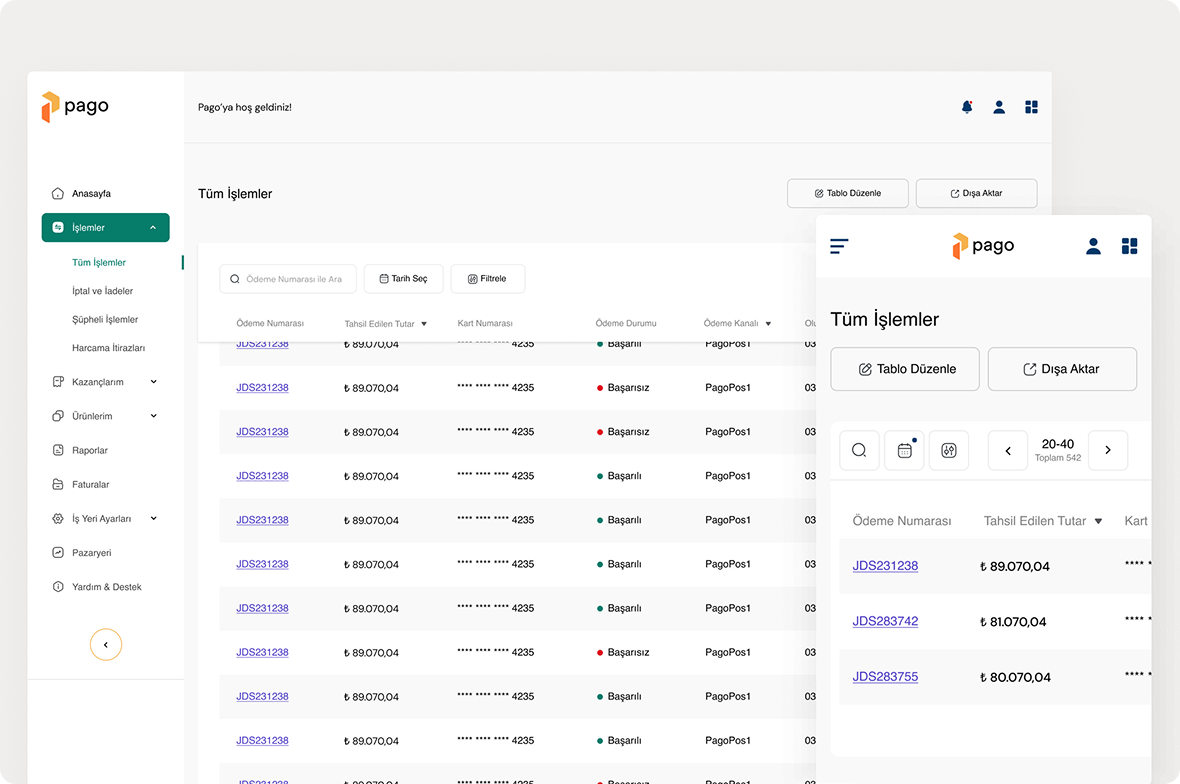
Pago
Garanti Bank, one of Turkey's prominent financial institutions, ventured into the fintech space with Pago (now launched as Tami), targeting unbanked individuals and a broad customer base. Our mission was to develop the MVP for Pago from scratch, introducing two primary products: a Virtual POS system tailored for SMEs and a Prepaid Card for a wider user group. I was part of the project's initial phase, focusing on crafting the Virtual POS system and setting the foundation for the introduction of the Prepaid Card.
- My Role
- UX Designer
- Platform
- Web App, Android, iOS
- Timeline
- 2021–2023
Outcome
Reflecting on the extended collaboration for Pago, we achieved significant milestones:
Successfully Launched on Time
Delivered the Virtual POS MVP within strict deadlines, ensuring a timely market rollout for SMEs and unbanked users.
Continued Collaboration
Worked closely with engineers, product managers, and stakeholders across overlapping phases, meeting tight timelines and extending the collaboration into ongoing app design.
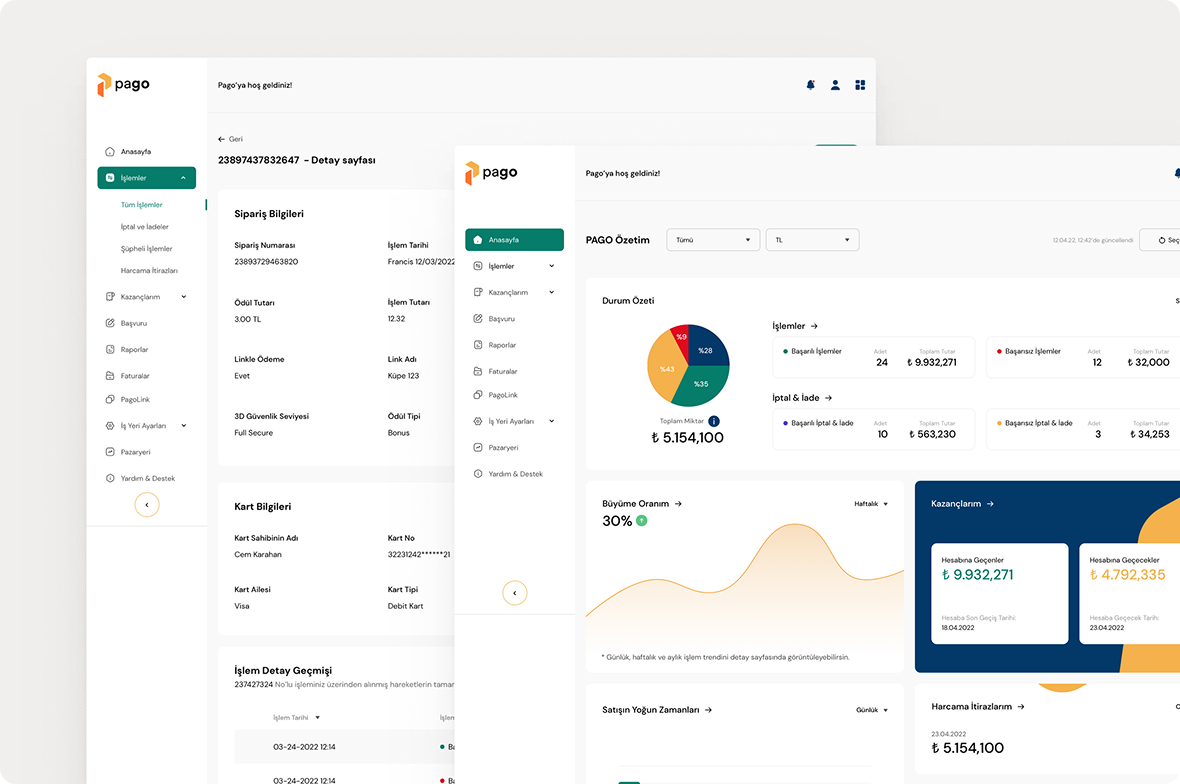
Problems
As we started the project, our client presented a broad concept: a fintech platform aimed to reach unbanked individuals. The brief lacked specificity, mentioning only two desired products, and their goal was tap into the potential that wasn’t available to them before, which left us navigating a vague direction. To understand potential users, we relied on the client's market research and conducted our own secondary research, leading to these findings:
Complexity in Finance
The financial sector's complex jargon and the vast array of products often make it daunting and difficult to comprehend. This complexity poses a major obstacle to financial inclusion, hindering the empowerment of many individuals who struggle to navigate the financial landscape.
Desire for Financial Control
A recurring theme was the desire for control over financial decisions. Stemming from negative past experiences and a deep mistrust of banks, there's a clear demand for platforms that offer full transparency and control, enabling users to manage their finances independently.
Technological Pace and Understanding
We also found that the rapid evolution of technology, combined with a general lack of understanding and limited attention spans, makes it difficult for many to keep up with new financial tools. This disconnect calls for fintech solutions that are not only innovative but also accessible and easy to comprehend for the average user.
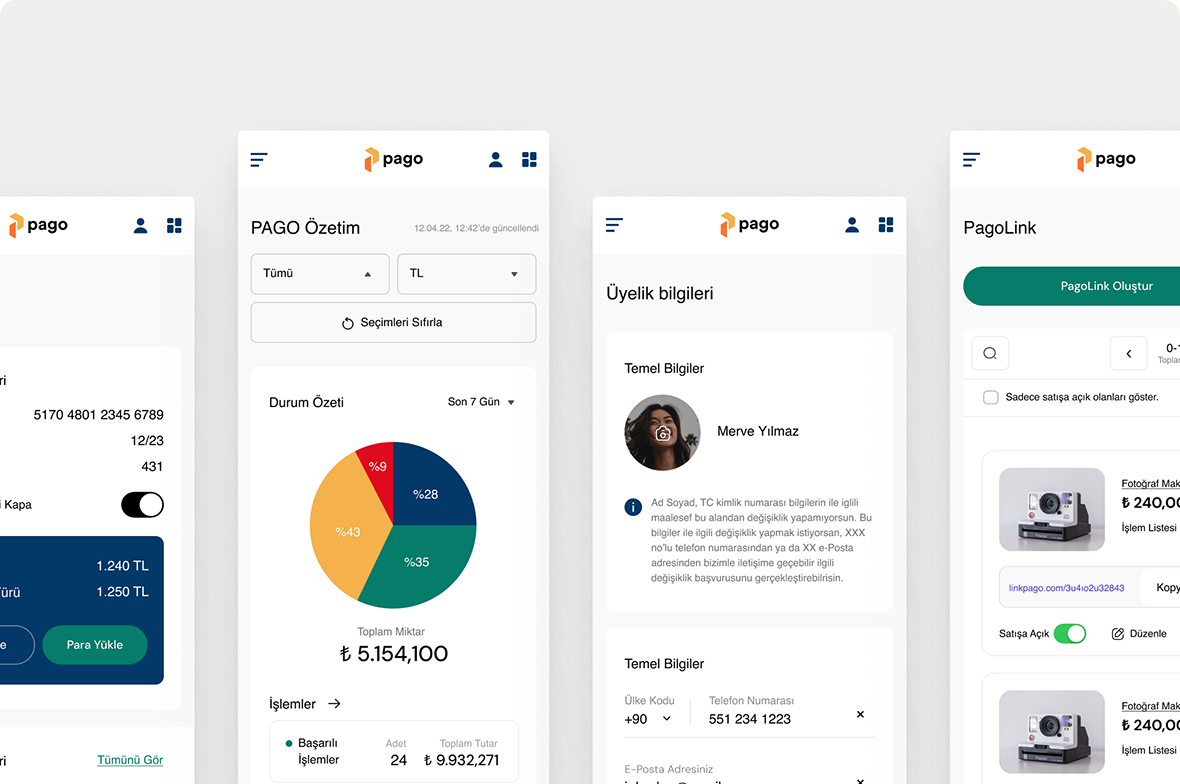
Goal and Design Principles
After our research and reviewing the documents shared with us, our primary goal for Pago was to create a website and system that effectively showcases the experiences of unbanked young individuals and SME owners. Since there brand vision was still being worked on at the moment, to achieve this goal, we established five key design principles, serving as our guiding disciplines throughout the project. These principles were designed to ensure consistency in our approach and keep us aligned with our overarching goal:
Inclusivity
Focus on creating a platform where everyone, especially the unbanked and SME owners, feels represented and valued.
Ease of Use
Design a user-friendly interface that simplifies the financial journey for all type of users.
Control
Empower users with tools and features that offer them full control over their financial decisions.
Communicative
Develop an engaging and communicative interface that effectively conveys Pago's values and product benefits.
Concept to MVP
After research and defining the main principles for design, we began working on Pago's MVP, organized into three key stages. Our first task involved creating landing pages for both the prepaid and POS card products, with a design focused on inclusivity and universal appeal. This approach effectively showcased Pago as a welcoming brand for a diverse audience, and it was well-received by executives, ensuring consistency with their overall branding strategy.
Next, we moved on to establish the information architecture for the Virtual POS product. After laying this groundwork, each team member started working individually on the primary features and user flows.
My Main Responsibilities
Transactions
PagoLink
Payments
Subscriptions
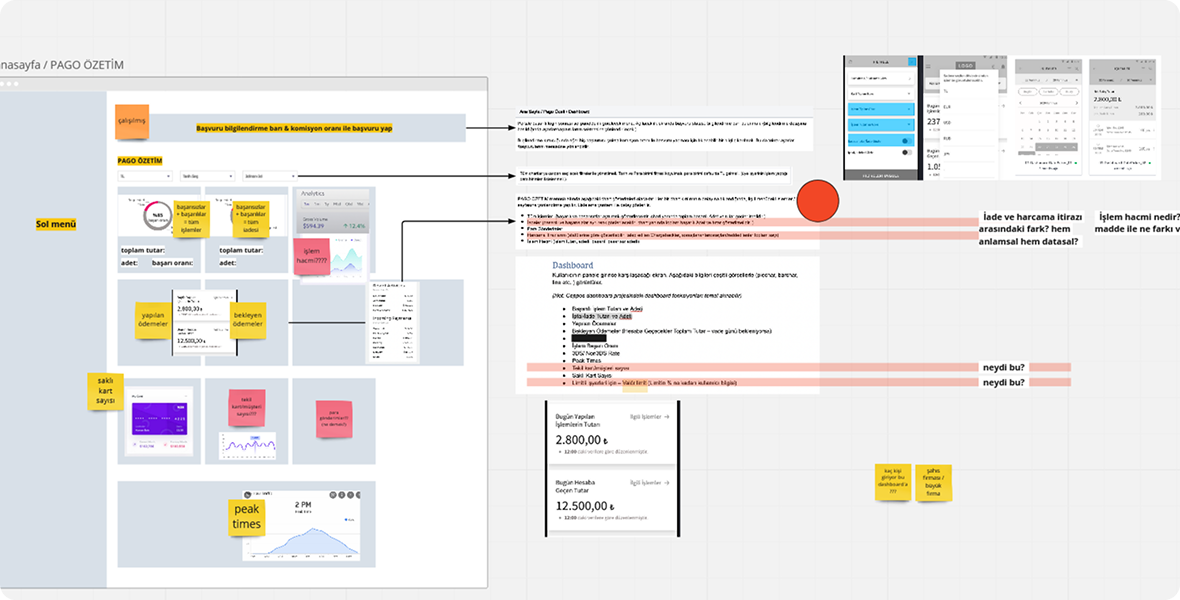
Before wireframing, our team did daily meeting sessions to discuss client documents and exchange feedback on our approaches.
Final Designs: Website
After completing the initial wireframes for the landing page, we maintained a strong focus on the human aspect of the design, especially since we didn't have a clear brand guideline. Our goal was to demonstrate that Pago is a platform for everyone, where users can find representation of themselves, fostering a sense of connection and trust.
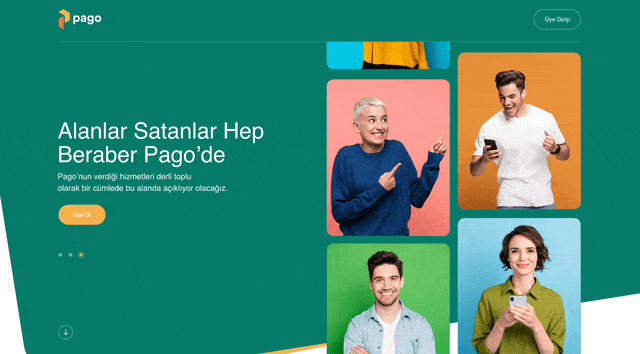
Final Designs: Transactions
Transactions section serves as a central hub for users to view and manage their financial activities in detail. It's designed for clarity and ease, showcasing payment histories, returns, and other key transactions. The layout is optimized to prevent information overload, ensuring users can effortlessly navigate through crucial sections like cancellations, suspicious activities, and dispute filings.

Final Designs: PagoLink
PagoLink supports anyone venturing into selling products online, from students to side hustlers. It enables easy creation and management of product links, with a layout that allows users to conveniently track sales directly from each link, simplifying online business operations.
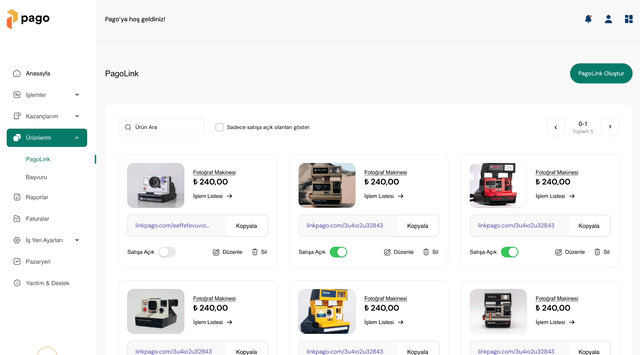
Testing Core features
After finishing dashboard and transaction related screens for the first phase of the project, we wrote our hypotheses and planned 3 different scenario for 2 different group: people who would use POS and people who will use link payment system. After testings, we added our notes, group them in Airtable to analyse and presented the findings to the POs to confirm the prioritization of the changes.
3
Scenarios
12
Users
90%
Task Completion Rate
85
Screens Prototyped
"It is very simple, clean and usable panel for a POS system."

Takeaways
During the Pago project cycle I had a chance to experience different challenges that shaped my approach. One key learning was that when faced with unclear product vision and evolving brand identity, I discovered we could still anchor ourselves by bringing the user's perspective to the forefront and creating our own north star to guide decisions.
When working in unfamiliar domains with complex technical systems, I learned that tighter loops and constant communication becomes essential, as most of the time you need domain experts to help you understand the intricate backend systems and regulatory requirements.
Another major insight came when deadlines shifted and phases overlapped unexpectedly - this taught me that intensive coordination and constant communication with multiple stakeholders isn't just helpful, it's survival mode, and being able to adapt quickly becomes the most important skill you can cultivate in this scenarios.